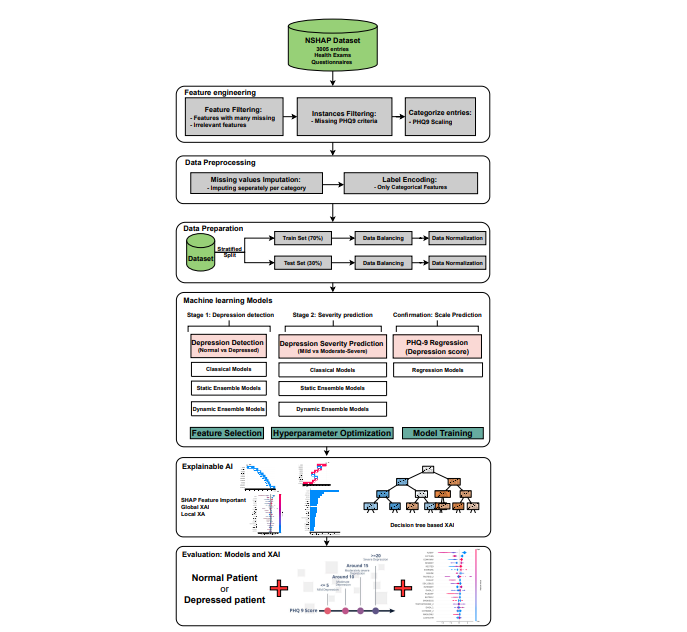Dr. Tamer ABUHMED is an associate professor in the Department of computer science and engineering at Sungkyunkwan University since September 2019. He got a Ph.D. degree from the School of Information Technology and Communication, at INHA University in August 2012. His advisor was Professor DaeHun Nyang, and he was a member of the Information Security Research Lab (ISRL). Tamer main research interests are 1) Information Security, including the design and analysis of algorithms and protocols for user authentication, software security, adversarial machine learning, and network security. 2) Computer-aided design and diagnosis methods for biomedical applications.
Education
Ph.D. (Telecommunication and information technology)
Publications
2025

Stealthy Query-Efficient Opaque Attack Against Interpretable Deep Learning
IEEE Transactions on Reliability
·
01 Jan 2025
·
doi:10.1109/TR.2025.3551717
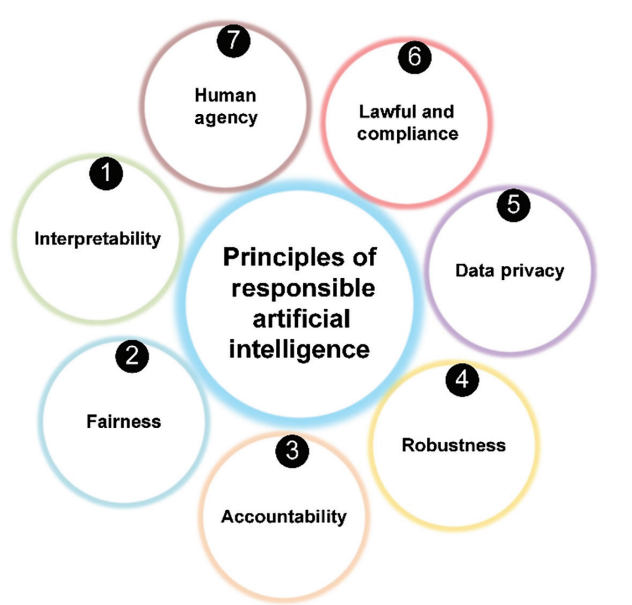
Responsible Artificial Intelligence for Mental Health Disorders: Current Applications and Future Challenges
Journal of Disability Research
·
01 Jan 2025
·
doi:10.57197/JDR-2024-0101
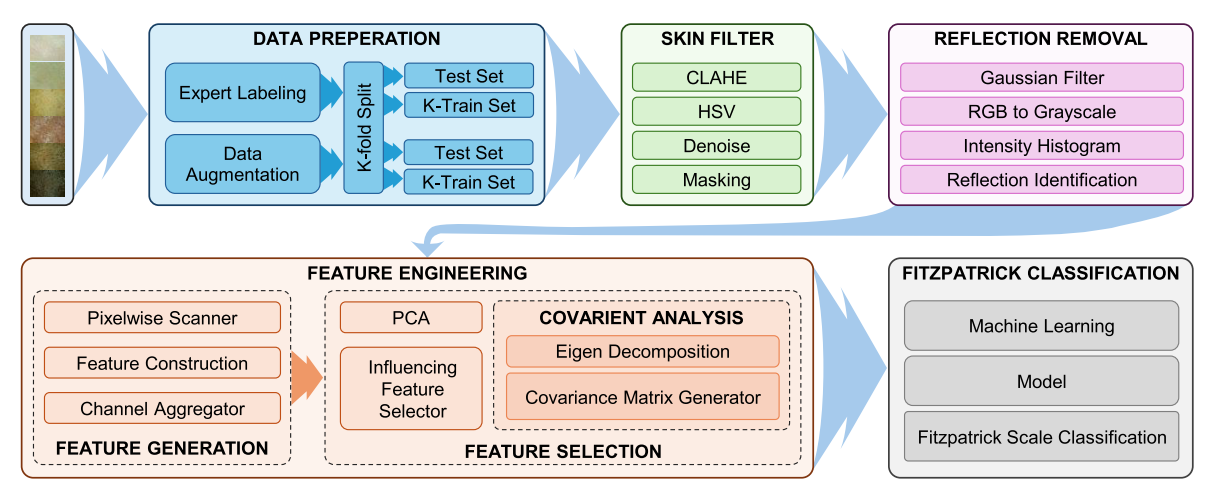
FiSC: A Novel Approach for Fitzpatrick Scale-Based Skin Analyzer’s Image Classification
IEEE Access
·
01 Jan 2025
·
doi:10.1109/ACCESS.2025.3547573
2024
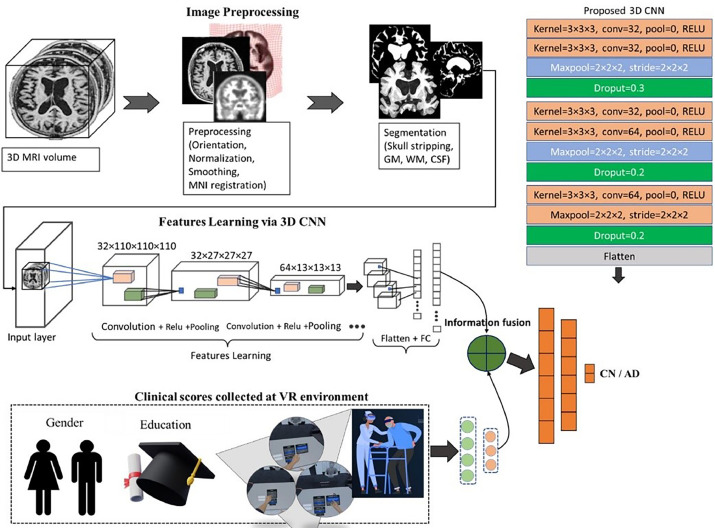
Alzheimer's disease diagnosis in the metaverse
Computer Methods and Programs in Biomedicine
·
01 Oct 2024
·
doi:10.1016/j.cmpb.2024.108348
·
PMID: 39067138
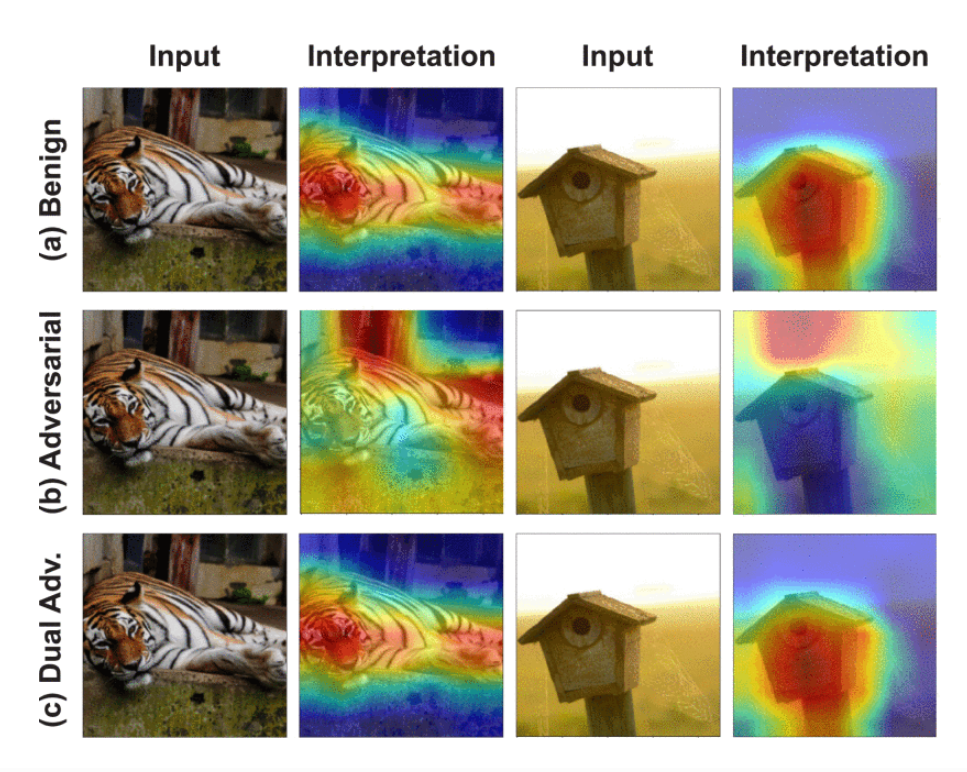
Hardening Interpretable Deep Learning Systems: Investigating Adversarial Threats and Defenses
IEEE Transactions on Dependable and Secure Computing
·
01 Jul 2024
·
doi:10.1109/TDSC.2023.3341090
A Survey on Deep Packet Inspection for Intrusion Detection Systems
arXiv
·
19 Feb 2024
·
arxiv:0803.0037
An Exploration of Geo-temporal Characteristics of Users' Reactions on
Social Media During the Pandemic
arXiv
·
19 Feb 2024
·
arxiv:2103.13032
Interpretations Cannot Be Trusted: Stealthy and Effective Adversarial Perturbations against Interpretable Deep Learning
arXiv
·
19 Feb 2024
·
arxiv:2211.15926
Unveiling Vulnerabilities in Interpretable Deep Learning Systems with Query-Efficient Black-box Attacks
arXiv
·
19 Feb 2024
·
arxiv:2307.11906
Single-Class Target-Specific Attack against Interpretable Deep Learning Systems
arXiv
·
19 Feb 2024
·
arxiv:2307.06484
Microbial Genetic Algorithm-based Black-box Attack against Interpretable Deep Learning Systems
arXiv
·
19 Feb 2024
·
arxiv:2307.06496
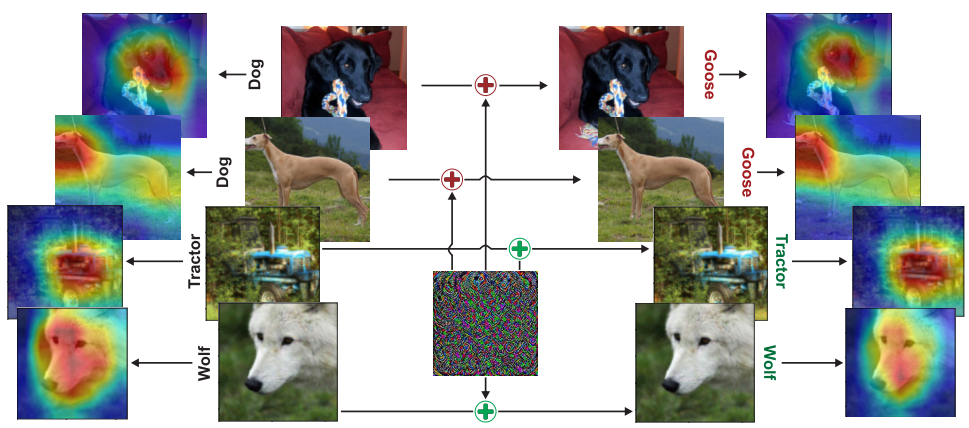
SingleADV: Single-Class Target-Specific Attack Against Interpretable Deep Learning Systems
IEEE Transactions on Information Forensics and Security
·
01 Jan 2024
·
doi:10.1109/TIFS.2024.3407652
2023
Time-series visual explainability for Alzheimer’s disease progression detection for smart healthcare
Alexandria Engineering Journal
·
01 Nov 2023
·
doi:10.1016/j.aej.2023.09.050
Explainable Artificial Intelligence (XAI): What we know and what is left to attain Trustworthy Artificial Intelligence
Information Fusion
·
01 Nov 2023
·
doi:10.1016/j.inffus.2023.101805
Computer aided progression detection model based on optimized deep LSTM ensemble model and the fusion of multivariate time series data
Scientific Reports
·
28 Sep 2023
·
doi:10.1038/s41598-023-42796-6
·
PMID: 37770490
·
PMCID: PMC10539296
TruMuzic: A Deep Learning and Data Provenance-Based Approach to Evaluating the Authenticity of Music
Applied Sciences
·
19 Aug 2023
·
doi:10.3390/app13169425
Underwater Image Restoration and Enhancement: A Comprehensive Review of Recent Trends, Challenges, and Applications
MDPI AG
·
10 Jul 2023
·
doi:10.20944/preprints202307.0585.v1
Wildfire Susceptibility Mapping Using Deep Learning Algorithms in Two Satellite Imagery Dataset
Forests
·
28 Jun 2023
·
doi:10.3390/f14071325
Explainable machine learning models based on multimodal time-series data for the early detection of Parkinson’s disease
Computer Methods and Programs in Biomedicine
·
01 Jun 2023
·
doi:10.1016/j.cmpb.2023.107495
·
PMID: 37003039
Effective Multitask Deep Learning for IoT Malware Detection and Identification Using Behavioral Traffic Analysis
IEEE Transactions on Network and Service Management
·
01 Jun 2023
·
doi:10.1109/TNSM.2022.3200741
Prediction of Alzheimer's progression based on multimodal Deep-Learning-based fusion and visual Explainability of time-series data
Information Fusion
·
01 Apr 2023
·
doi:10.1016/j.inffus.2022.11.028
Trustworthy artificial intelligence in Alzheimer’s disease: state of the art, opportunities, and challenges
Artificial Intelligence Review
·
12 Mar 2023
·
doi:10.1007/s10462-023-10415-5
A deep learning based dual encoder–decoder framework for anatomical structure segmentation in chest X-ray images
Scientific Reports
·
16 Jan 2023
·
doi:10.1038/s41598-023-27815-w
·
PMID: 36646735
·
PMCID: PMC9842654
Early Detection of Alzheimer’s Disease Based on Laplacian Re-Decomposition and XGBoosting
Computer Systems Science and Engineering
·
01 Jan 2023
·
doi:10.32604/csse.2023.036371
2022
Multitask Deep Learning for Cost-Effective Prediction of Patient's Length of Stay and Readmission State Using Multimodal Physical Activity Sensory Data
IEEE Journal of Biomedical and Health Informatics
·
01 Dec 2022
·
doi:10.1109/JBHI.2022.3202178
·
PMID: 36037451
AR Search Engine: Semantic Information Retrieval for Augmented Reality Domain
Sustainability
·
25 Nov 2022
·
doi:10.3390/su142315681
Automatic detection of Alzheimer’s disease progression: An efficient information fusion approach with heterogeneous ensemble classifiers
Neurocomputing
·
01 Nov 2022
·
doi:10.1016/j.neucom.2022.09.009
An approach for measuring spatial similarity among COVID-19 epicenters
Geo-spatial Information Science
·
05 Jul 2022
·
doi:10.1080/10095020.2022.2088303
Sentiment Analysis of Users’ Reactions on Social Media during the Pandemic
Electronics
·
22 May 2022
·
doi:10.3390/electronics11101648
Two-stage deep learning model for Alzheimer’s disease detection and prediction of the mild cognitive impairment time
Neural Computing and Applications
·
08 May 2022
·
doi:10.1007/s00521-022-07263-9
Crystal structure guided machine learning for the discovery and design of intrinsically hard materials
Journal of Materiomics
·
01 May 2022
·
doi:10.1016/j.jmat.2021.11.004
A Comparative Study of Strain Rate Constitutive and Machine Learning Models for Flow Behavior of AZ31-0.5 Ca Mg Alloy during Hot Deformation
Mathematics
·
27 Feb 2022
·
doi:10.3390/math10050766
Age-hardening behavior guided by the multi-objective evolutionary algorithm and machine learning
Journal of Alloys and Compounds
·
01 Feb 2022
·
doi:10.1016/j.jallcom.2021.162104
An Enhanced Grey Wolf Optimizer with a Velocity-Aided Global Search Mechanism
Mathematics
·
24 Jan 2022
·
doi:10.3390/math10030351
An IoT-Based Approach for Learning Geometric Shapes in Early Childhood
IEEE Access
·
01 Jan 2022
·
doi:10.1109/ACCESS.2022.3229440
2021
Sepsis prediction in intensive care unit based on genetic feature optimization and stacked deep ensemble learning
Neural Computing and Applications
·
03 Nov 2021
·
doi:10.1007/s00521-021-06631-1
A Short Review on the Machine Learning-Guided Oxygen Uptake Prediction for Sport Science Applications
Electronics
·
13 Aug 2021
·
doi:10.3390/electronics10161956
Large-scale and Robust Code Authorship Identification with Deep Feature Learning
ACM Transactions on Privacy and Security
·
19 Jul 2021
·
doi:10.1145/3461666
Machine learning-aided design of aluminum alloys with high performance
Materials Today Communications
·
01 Mar 2021
·
doi:10.1016/j.mtcomm.2020.101897
Robust hybrid deep learning models for Alzheimer’s progression detection
Knowledge-Based Systems
·
01 Feb 2021
·
doi:10.1016/j.knosys.2020.106688
Alzheimer’s disease progression detection model based on an early fusion of cost-effective multimodal data
Future Generation Computer Systems
·
01 Feb 2021
·
doi:10.1016/j.future.2020.10.005
Classification and Analysis of Android Malware Images Using Feature Fusion Technique
IEEE Access
·
01 Jan 2021
·
doi:10.1109/ACCESS.2021.3090998
Automatic Diabetic Retinopathy Grading System Based on Detecting Multiple Retinal Lesions
IEEE Access
·
01 Jan 2021
·
doi:10.1109/ACCESS.2021.3052870
Alzheimer’s Disease Diagnosis Based on a Semantic Rule-Based Modeling and Reasoning Approach
Computers, Materials & Continua
·
01 Jan 2021
·
doi:10.32604/cmc.2021.019069
The Role of Medication Data to Enhance the Prediction of Alzheimer’s Progression Using Machine Learning
Computational Intelligence and Neuroscience
·
01 Jan 2021
·
doi:10.1155/2021/8439655
·
PMID: 34603436
·
PMCID: PMC8481044
Timing and Classification of Patellofemoral Osteoarthritis Patients Using Fast Large Margin Classifier
Computers, Materials & Continua
·
01 Jan 2021
·
doi:10.32604/cmc.2021.014446
2020
Multimodal multitask deep learning model for Alzheimer’s disease progression detection based on time series data
Neurocomputing
·
01 Oct 2020
·
doi:10.1016/j.neucom.2020.05.087
Staging Melanocytic Skin Neoplasms Using High-Level Pixel-Based Features
Electronics
·
04 Sep 2020
·
doi:10.3390/electronics9091443
Alzheimer Disease Prediction Model Based on Decision Fusion of CNN-BiLSTM Deep Neural Networks
Advances in Intelligent Systems and Computing
·
25 Aug 2020
·
doi:10.1007/978-3-030-55190-2_36
Multi-χ: Identifying Multiple Authors from Source Code Files
Proceedings on Privacy Enhancing Technologies
·
01 Jul 2020
·
doi:10.2478/popets-2020-0044
AUToSen: Deep-Learning-Based Implicit Continuous Authentication Using Smartphone Sensors
IEEE Internet of Things Journal
·
01 Jun 2020
·
doi:10.1109/JIOT.2020.2975779
Intensive Care Unit Mortality Prediction: An Improved Patient-Specific Stacking Ensemble Model
IEEE Access
·
01 Jan 2020
·
doi:10.1109/ACCESS.2020.3010556
2019
A Comprehensive Medical Decision–Support Framework Based on a Heterogeneous Ensemble Classifier for Diabetes Prediction
Electronics
·
05 Jun 2019
·
doi:10.3390/electronics8060635
Code authorship identification using convolutional neural networks
Future Generation Computer Systems
·
01 Jun 2019
·
doi:10.1016/j.future.2018.12.038
2018
Large-Scale and Language-Oblivious Code Authorship Identification
Proceedings of the 2018 ACM SIGSAC Conference on Computer and Communications Security
·
15 Oct 2018
·
doi:10.1145/3243734.3243738
2017
A Fuzzy Ontology and SVM–Based Web Content Classification System
IEEE Access
·
01 Jan 2017
·
doi:10.1109/access.2017.2768564
2015
UOIT Keyboard: A Constructive Keyboard for Small Touchscreen Devices
IEEE Transactions on Human-Machine Systems
·
01 Dec 2015
·
doi:10.1109/thms.2015.2449309
2009
Software-Based Remote Code Attestation in Wireless Sensor Network
GLOBECOM 2009 - 2009 IEEE Global Telecommunications Conference
·
01 Nov 2009
·
doi:10.1109/GLOCOM.2009.5425280


